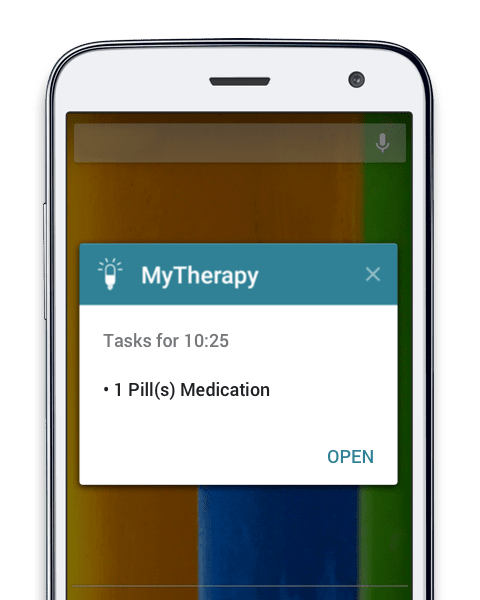In the United States alone, over fifty-four million people have arthritis. Nearly 25% of adult Americans are affected by one of the many categories of arthritis. One such form, polyarthritis is the subject of today’s blog.
Polyarthritis:
Polyarthritis is a common but slightly less-known variation of arthritis. It is defined as any type of arthritis involving five or more joints at once. Arthritis itself is a broad term applying to an array of inflammatory disorders affecting the joints. Both arthritis and polyarthritis have a wide range of symptoms but typically include joint pain and stiffness. Other symptoms affecting many patients include redness, swelling, and a decreased range of motion. Typically, diseases referred to simply as arthritis and polyarthritis are ones in which joint pain is the primary symptom. Among the most common of these diseases are osteoarthritis, rheumatoid arthritis, gout, septic arthritis, ankylosing spondylitis, and Still’s disease. However, this list is far from complete and there are many diseases in which joint pain is a secondary symptom. In these cases, arthritis is considered secondary to the main disease. Psoriasis, hepatitis, and Lyme disease are only a few common examples linked to arthritis that are unlikely to be referred to merely as arthritis or polyarthritis, being that they have other more prominent symptoms. If you follow our blog you may have seen our recent post about polyarthralgia then you could be wondering about the difference between polyarthralgia and polyarthritis. The primary difference between polyarthralgia and polyarthritis is that polyarthritis involved inflamed joints and polyarthralgia does not.
Polyarthritis Diagnosis and Treatment:
Diagnosing arthritis or polyarthritis typically begins with a physical exam. A doctor will examine patients’ joints for signs of swelling or redness and test joint mobility. Depending on the results of the physical exam and the suspected underlying causes there are a variety of tests commonly used to complete the diagnosis. Lab tests such as blood, urine, or joint fluid analysis are used to pinpoint the exact types or causes of arthritis affecting patients. Furthermore, imaging techniques such as x-ray, ultrasound, CT scan, and MRI are used. Imaging helps doctors view and analyze cartilage, tissue, tendons, ligaments, and bone structure to pinpoint sources of pain or stiffness. In some cases, imaging is used in combination with lab tests. For instance, ultrasound is used for joint fluid extraction to ensure proper needle placement and the most effective testing possible.
Treatment of polyarthritis usually follows a similar approach to arthritis and arthralgia since the conditions are closely related. For some types of polyarthritis, physical therapy can be utilized. The types of physical therapy used will vary but, in most cases, they are focused on strengthening the muscles surrounding the joints to help reduce stress on the joints themselves. Oftentimes, medication is also prescribed to aid in the treatment of polyarthritis. Some of the most common types used are the following:
- Nonsteroidal anti-inflammatory drugs – These drugs help decrease inflammation and reduce pain by blocking specific enzymes and proteins. Meloxicam is one commonly prescribed NSAID.
- Corticosteroids – Corticosteroids suppress the immune response that causes inflammation. These are typically prescribed in cases where patients have polyarthritis stemming from an autoimmune disease. Methylprednisolone [Medrol] is a corticosteroid commonly prescribed to treat polyarthritis.
- Hydroxychloroquine – An immune modulator drug, hydroxychloroquine works by decreasing inflammation.
- Disease-modifying antirheumatic drugs – In cases of polyarthritis involving rheumatoid arthritis, DMARDs are prescribed. They suppress the immune system and in turn reduce symptoms.
- Anti-TNF drugs – These drugs are typically used in addition to DMARDs if they have proven ineffective on their own.
- Non-prescription drugs – Topical drugs such as Voltaren, Pennsaud, arnica, or Aspercreme can be used to help relieve symptoms and are available over the counter.
If treatments such as physical therapy and medication have not proven effective in treating polyarthritis, surgeries are also an option for some patients. Typically, the surgeries used to treat polyarthritis will fall into one of three categories:
- Joint repair – Repairs of joints can typically be performed through small incisions over the joint. The surface of the joint is then smoothed or realigned to increase function and relieve pain.
- Joint fusion – Commonly used in smaller joints, joint fusion is the process of removing part of two bones in the joint and then fusing them into one.
- Joint replacement – Most often used for the hip and knee, joint replacement is the process of removing a joint entirely and replacing it with an artificial one.
Common Misconceptions About Polyarthritis:
Due to the wide range of diseases that can lead to arthritis and polyarthritis, it is understandable that there can be many misconceptions about it. One of the most common misconceptions is that terms like rheumatoid arthritis and polyarthritis are mutually exclusive. As mentioned above, polyarthritis is a broad term including any condition that causes problems with five or more joints. As it is entirely possible for rheumatoid arthritis, an autoimmune condition, to cause pain or stiffness in five or more joints, it is possible for a diagnosis of rheumatoid arthritis to also be polyarthritis.
Related to the last point, a misconception held by many is that polyarthritis is a disease or condition in and of itself. In truth, it is simply describing the effect of the wear and tear on joints that can be caused by an incredibly long list of diseases, conditions, or lifestyles. Therefore, there is no simple “cure for polyarthritis.” Treating polyarthritis is about treating the underlying cause.
Here are some other blogs we think you might like:



